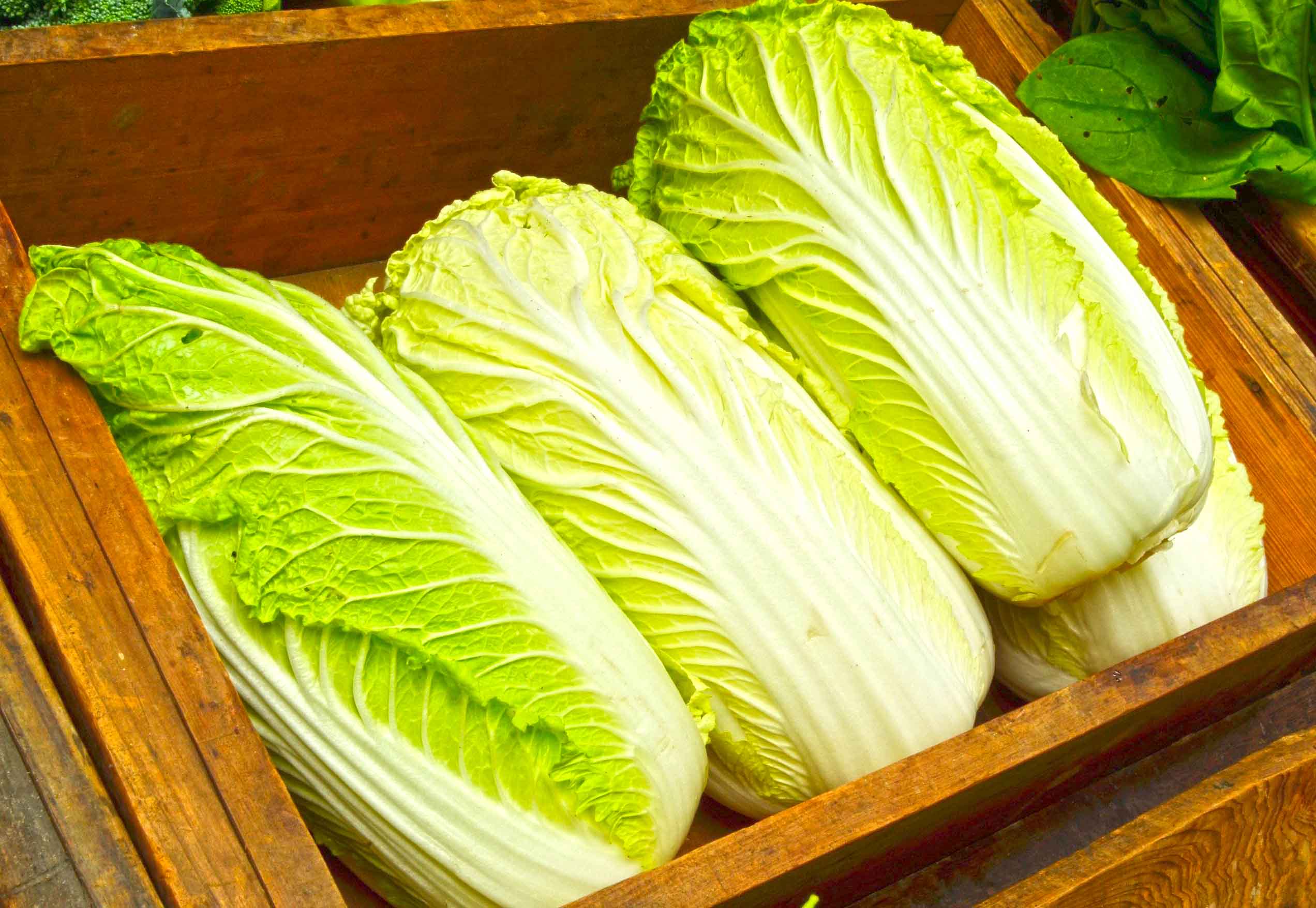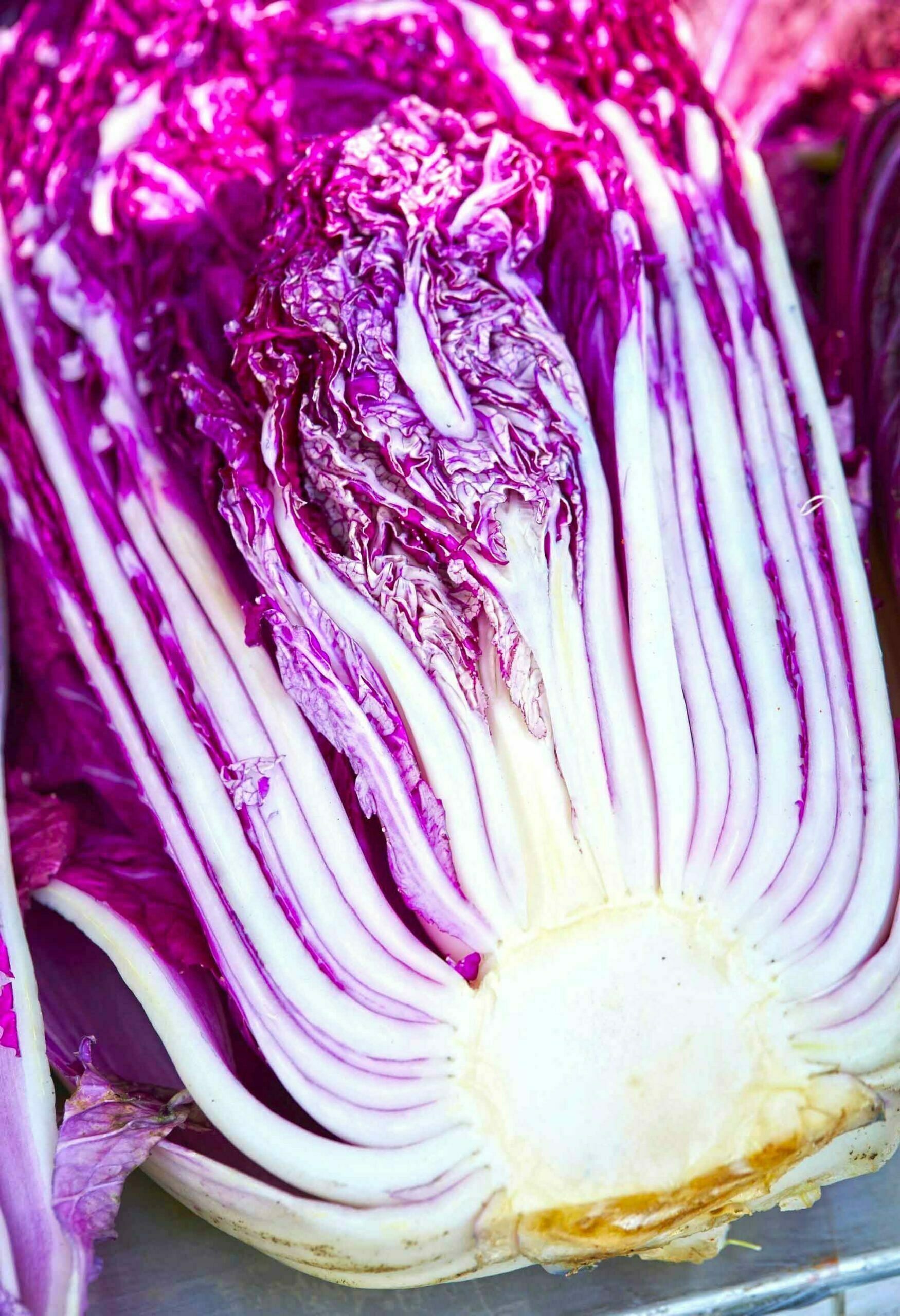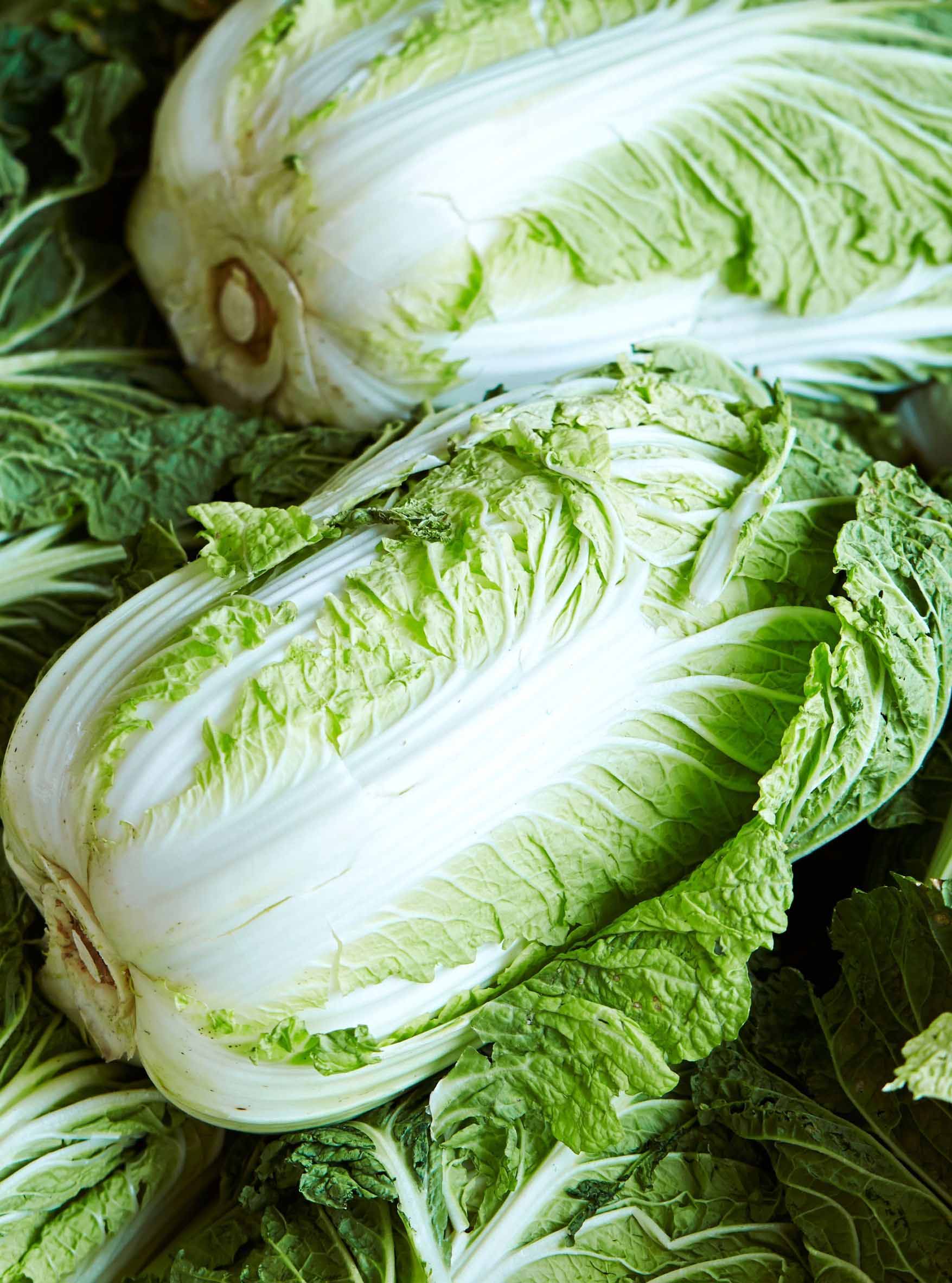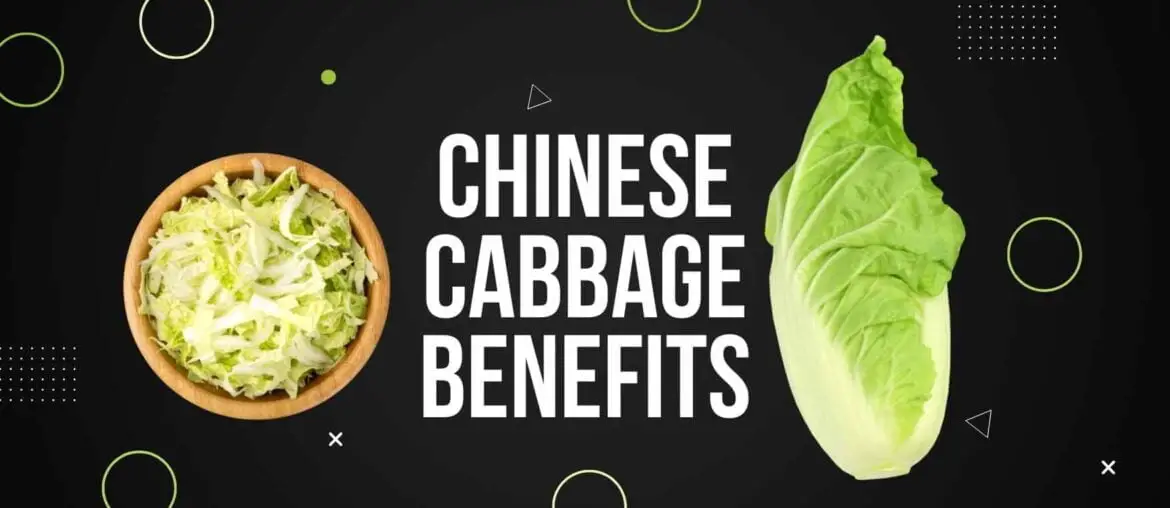Chinese cabbage is a common vegetable in some countries and is known as the “king of vegetables.” It is rich in vitamin C, vitamin E, cellulose, and some trace elements. These nutrients can help with skincare and beauty, moisturizing and detoxification, but also anti-cancer and anti-tumor. So, Chinese cabbage is a cheap and nutritious supplement! In addition to stir-frying and hot pot, what else can Chinese cabbage do? What are the common practices for Chinese cabbage? Let’s have a look.
Nutritional value of Chinese cabbage
Chinese cabbage contains protein, fat, vitamins, and minerals such as calcium and phosphorus, as well as a lot of crude fiber. Therefore, it is an excellent healthy vegetable.
- Chinese cabbage is rich in vitamin C and vitamin E. Regular consumption of cabbage can enhance the skin’s anti-damage ability. It can play a perfect skincare and beauty effect.
- The cellulose in Chinese cabbage can moisten the intestines and promote detoxification and the body’s absorption of animal protein.
- Some trace elements in Chinese cabbage can help suppress cancer cells and prevent cancer.
- Chinese cabbage can prevent senile arteriosclerosis and cardiovascular disease, and vitamin C in it also has a specific therapeutic effect on gastric and duodenal ulcers.
The medicinal effect of Chinese cabbage
- Eat cabbage for skin care
Chinese cabbage has a high water content, about 95%, and is low in calories. In winter, the air is dry, and the cold wind harms human skin. Cabbage is rich in vitamins C and E. Eating more cabbage can have good skincare and beauty effect.
- Eating cabbage can supplement calcium
Chinese cabbage is rich in calcium, containing 43 mg of calcium per 100 grams. A glass of cooked cabbage juice provides almost as much calcium as a glass of milk. Some people don’t like to drink milk, and they can get a lot of calcium by eating enough Chinese cabbage.
- Eating cabbage can prevent cancer
Scientists at the Hormone Institute in New York have found that Chinese and Japanese women have a much lower breast cancer rate than Western women because they often eat cabbage. This is because some trace elements in cabbage can help break down the estrogen associated with breast cancer. Cabbage also contains a small amount of molybdenum, which can inhibit the formation of nitrite in the human body and play a particular role in preventing cancer.
- Eating cabbage for bowel movement
Cabbage is rich in dietary fiber and can play a laxative effect. For people who are easy to get angry, eating more Chinese cabbage has the effect of clearing a fire.
- Prevention of cardiovascular disease
The active ingredients in Chinese cabbage can reduce the cholesterol level of the human body and increase the elasticity of blood vessels. As a result, regular consumption can prevent atherosclerosis and certain cardiovascular diseases.

Difference between Cabbage and Chinese cabbage
- Different varieties
- Chinese cabbage is a biennial herb with green leaves, which is a variety of Brassica subspecies of Brassica in Cruciferae.
- Cabbage, whose scientific name is cabbage, is a species of Brassica in Cruciferae.
- Originated in different locations
- Chinese cabbage originated in northern China and is a traditional vegetable in China. It evolved from Brassica and is eaten with tender leaf balls, rosette leaves, or flower stems.
- Cabbage is a variety of cabbage native to the Mediterranean region.
- Different morphological characteristics
- Chinese cabbage has shallow roots, thick main roots, developed lateral roots, horizontal distribution, hairy or glabrous leaves, inserted on shortened stems into a rosette, except for bolting and tillering types, underdeveloped axillary buds, racemes, light yellow to yellow flowers, and long pods.
- The root of cabbage is a shallow root system, the stem is shortened, and the leaves are attached to the shortened stem. The leaves are oval, obovate, or nearly triangular. The color is green, dark green, or purple, with wax powder on the leaf surface, and the petiole is slender. After growing a particular leaf cluster, the shortened stem expands to form a succulent stem, round or oblate, succulent, skin green or green-white, and a few varieties are purple.
Does Chinese cabbage contain dietary fiber?
Chinese cabbage contains dietary fiber but is not a crude fiber vegetable.
Although Chinese cabbage looks stringy and wispy, it really can’t meet the standard of coarse fiber vegetables. The crude fiber content of Chinese cabbage is about 0.8 grams per hundred grams. Eating Chinese cabbage can still supplement enough crude fiber. Especially eat more cabbage clapper. The crude fiber in the leaves is not as much as that in clapper.
Chinese cabbage contains not only dietary fiber but also a lot of water. It belongs to cruciferous vegetables and contains a variety of vitamins. Eating Chinese cabbage is good for moistening the intestines, relieving constipation, promoting gastrointestinal peristalsis, and accelerating digestion and metabolism. So, this is why the Chinese cabbage is called the king of vegetables in winter, as I mentioned in the beginning. The content of vitamin C exceeds that of many fruits, and dietary fiber can help promote the balance of intestinal flora.

Is Chinese cabbage good for diabetes?
Diabetic patients need to control their blood sugar through diet and pay attention to nutritional supplements in their diet. The content of dietary fiber in cabbage is wealthy, which not only promotes gastrointestinal motility but also has the effect of lowering blood sugar. Therefore, cabbage is a low-sugar vegetable suitable for people with diabetes and will not cause drastic changes in blood sugar.
Chinese cabbage does not contain starch and sucrose, is low in calories, and is rich in cellulose, which can delay the rise of postprandial blood sugar, regulate fat metabolism in the body, and inhibit the deposition of cholesterol in the inner wall of the blood vessels. The rich cellulose in cabbage can also scavenge free radicals in the process of sugar metabolism in diabetics, which has a good effect on the prevention and treatment of diabetes.
Chinese cabbage can be fried, braised, salad, etc., but no matter how you eat it, do not squeeze out the juice of the vegetable to avoid losing nutrients. Therefore, it is very suitable for people with diabetes to eat Chinese cabbage, and it also has the effect of assisting in lowering blood sugar.
Precautions for eating Chinese cabbage
- Don’t eat rotten Chinese cabbage
After Chinese cabbage rots, it not only loses a lot of nutrients but also increases its nitrate content, which may cause dizziness, vomiting, and other food poisoning symptoms after eating.
- People with a cold constitution should not eat more
Chinese cabbage is cold in nature and beneficial to the stomach, so people with spleen and stomach deficiency, body cold, diarrhea, abdominal pain, etc., should not eat more.

Food is the source of nutrition for the human body. Each food contains various nutrients. There is no single food that can meet all the nutritional needs of the human body. There is no perfect food, and there is no useless food. The nutritional characteristics of various foods are different, and you must properly match them to achieve comprehensive nutrition. Balanced nutrition is the basis of health, so I advocate a scientific understanding of food, a balanced diet, and health care.







